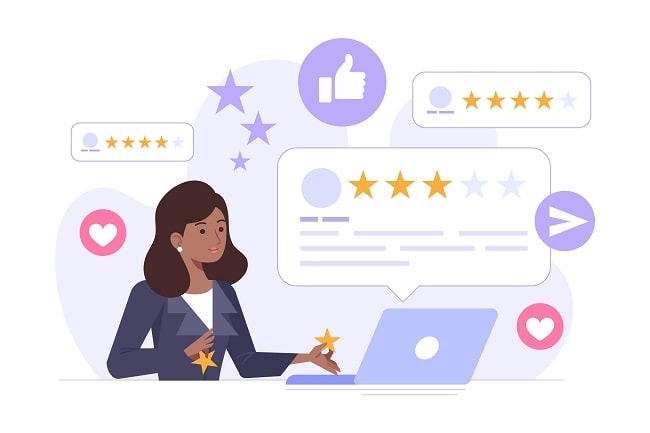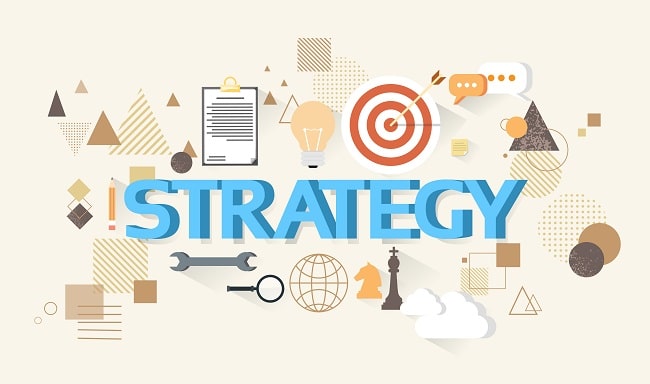Customer Experience Strategy : a Winning Plan for Success
1) Understanding Customer Experience Strategy
a) Defining Customer Experience Strategy
A customer experience strategy outlines how a business will deliver exceptional experiences across all touchpoints. It includes the overall approach, guiding principles, and specific actions to create meaningful, positive, consistent experiences meeting customer expectations.
b) Importance of an Effective Strategy
In today’s landscape, delivering outstanding customer experiences is critical. An effective customer experience strategy provides benefits like increased satisfaction, loyalty, better brand reputation, higher retention rates, and improved financial performance. Prioritizing customer experience establishes a strong competitive advantage.

2) Elements of a Successful Strategy
a) Identifying Customer Touchpoints
The first step is identifying all touchpoints where customers interact with your business, including digital (website, app, social media) and physical (stores, call centers). Understanding touchpoints allows mapping the complete customer journey and uncovering areas for improvement.
b) Personalization and Journey Mapping
To create exceptional experiences, businesses must tailor their approach to individual customer needs. Customer journey mapping visualizes the stages a customer goes through, helping identify pain points, personalization opportunities, and areas needing additional support.
c) Seamless Omnichannel Integration
Modern customers expect consistent experiences across channels, whether online, mobile, or in-person. A successful strategy ensures seamless integration, with information and context shared across touchpoints for a unified experience.
3) Implementing Your Strategy
a) Employee Training and Alignment
While technology is crucial, it’s employee-customer interactions that shape perceptions. Comprehensive training and alignment with the strategy empower employees to consistently deliver desired experiences.
b) Leveraging Technology
Investing in the right technologies like CRM systems, analytics tools, and automation solutions helps businesses gain customer insights, streamline processes, and provide personalized, efficient experiences.
4) Measuring and Optimizing
a) Key Performance Indicators (KPIs)
To ensure effectiveness, establish and monitor relevant KPIs like customer satisfaction scores, net promoter scores, retention rates, and customer lifetime value. Analyzing KPIs provides insights into strategy success and improvement areas.
b) Continuous Improvement Strategies
As customer expectations evolve, adapt strategies accordingly. Implement a continuous improvement mindset by gathering customer feedback, conducting journey analyses, and leveraging data for refinement and optimization. Embrace agility to iterate and innovate, ensuring long-term relevance.
By developing a comprehensive strategy focused on understanding needs, delivering personalized experiences, integrating channels seamlessly, empowering employees, leveraging technology, and continuously measuring and refining, businesses create a powerful advantage driving long-term success.
More about marketing:
The Definitive Website Marketing Playbook for Prosperity, click here
Understanding Clients Habits via Surveys, click here
Increasing customer loyalty, click here
Prioritizing Ethical Practices in Sales: Establishing Appropriate Boundaries, click here
Crafting Interactive Brand Experiences, click here
7 Marketing Tactics to Outpace Your Competition, click here


